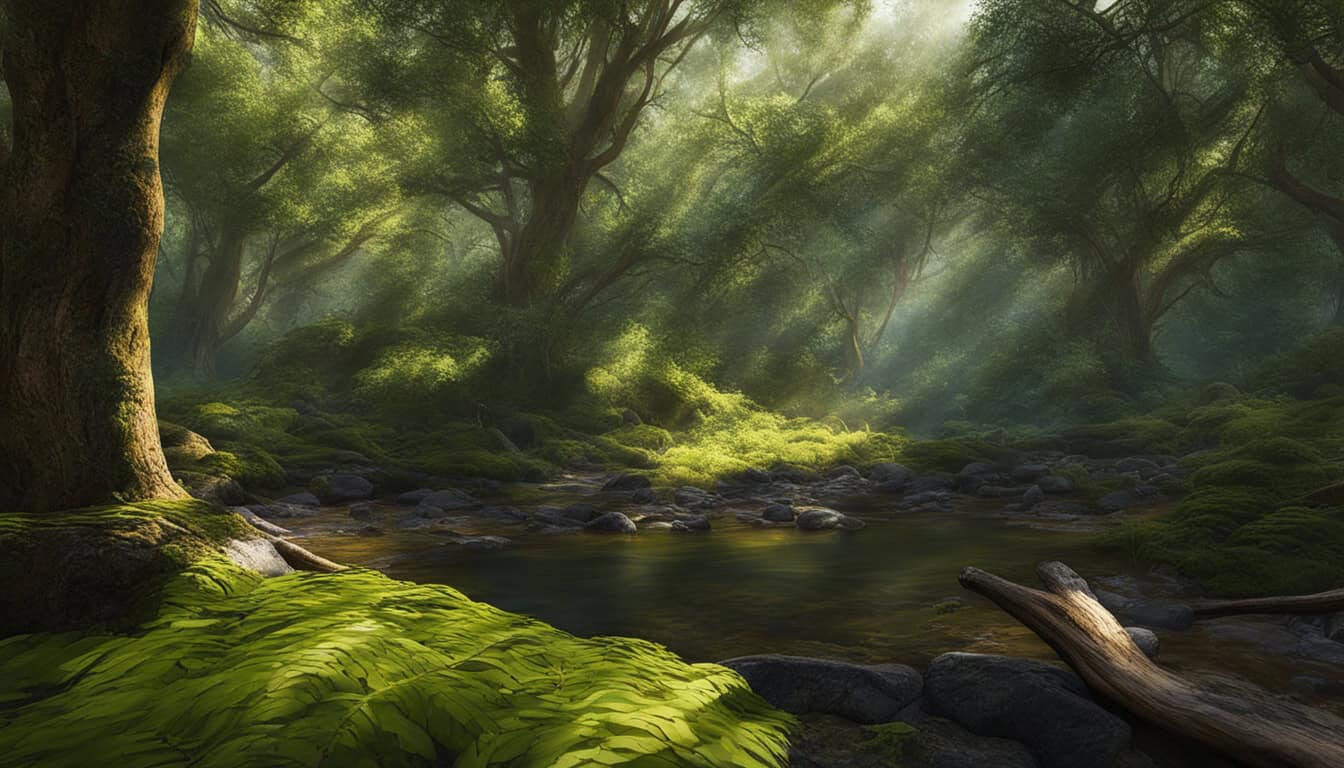Are Cuckoos Rare In The US? | Find Out Their Abundance
“Are Cuckoos Rare In The US?” You might wonder. In my research, I’ve found that America’s cuckoos are unique, with species like the Mangrove, Yellow-billed, and Black-billed Cuckoo calling it home. Their survival hinges on specific habitats and conservation measures. While some thrive, others face challenges. Dive into their world with me, and discover the fascinating balance of cuckoos across the US.
Introduction to Cuckoos in the United States
The US is home to three unique cuckoo bird species: the Mangrove Cuckoo, Yellow-billed Cuckoo, and Black-billed Cuckoo. Each type has its special cuckoo vocalizations and cuckoo calls. These help in telling them apart.
The Distinctive Call of Cuckoos
The Mangrove Cuckoo is known for its loud call, perfect for its coastal home. The Yellow-billed Cuckoo has a call like a “rain crow,” heard before storms. The Black-billed Cuckoo, though, has softer calls, making it hard to see despite being around.
Cuckoo Species Found in the US
Though the cuckoo bird species in the US look similar, each is unique and can be found in different areas. The Black-billed Cuckoo is common and lives from Canada to Texas and Florida. The Yellow-billed Cuckoo is not seen as much but does live in Canada and Mexico. The Mangrove Cuckoo is the rarest and is found only in the lower parts of Florida.
All three are good at hiding in trees. They are difficult to find for most birdwatchers. Knowing what makes each cuckoo bird species special can help us notice and enjoy them.
Distribution and Abundance of Cuckoos
Historical and Current Range
Historically, cuckoos were found all across the United States. This included the Pacific Northwest, Montana, and Idaho. But over the last century, their numbers have dropped a lot. This is especially true for the western yellow-billed cuckoo. It has disappeared from much of its old areas. Only a few small and shrinking populations remain in places like Arizona, California, and New Mexico.

Population Trends and Conservation Status
There isn’t a lot of data on how many cuckoos there are now. However, some surveys show that western yellow-billed cuckoos may only be in the single digits in some states. Their areas have also gotten much smaller. The U.S. Fish and Wildlife Service now considers the western yellow-billed cuckoo as threatened. This is a big deal under the Endangered Species Act. It shows the worries about the yellow-billed cuckoo, which used to be more common.
Over in the eastern United States and Canada, cuckoo population trends have gone down by 59 to 67 percent in the last 43 years. In the Pacific Northwest, the last known breeding spots of the western yellow-billed cuckoo in Oregon are from the 1940s. In Washington, the last was seen in Seattle in 1923. There have been only 21 sightings since 1950.
In British Columbia, Canada, western yellow-billed cuckoos were last spotted between 1881 and 1927. But they are no longer found breeding there. In Montana, there isn’t much data, and there have been few cuckoo sightings since the early 1900s. Idaho’s recent sightings are mainly from its southeast. There might be fewer than 10 of these birds in the whole state.
Are Cuckoos Rare In The US?
Factors Contributing to Rarity
It seems that cuckoos, such as the western yellow-billed cuckoo, are now rare in the US. This rarity is caused mainly by the loss of their favorite riparian habitat. Human activities like building, farming, and the spread of invasive plants destroy these areas.
Farm chemicals, or pesticides, are another problem. They kill the insects that cuckoo eat. This reduces the food cuckoo chicks need to grow.
Regional Variations in Abundance
Cuckoo numbers vary by region. The western yellow-billed cuckoo, for example, is found only in small areas in the southwest now. In the east, cuckoos are not as rare, but their numbers are still dropping.
In places like the Pacific Northwest, and the north, cuckoos are almost gone. This shows how hard it is for cuckoos to survive across the whole United States.
| Cuckoo Species | Regional Abundance |
|---|---|
| Western Yellow-billed Cuckoo | Confined to isolated patches in the Southwest |
| Eastern Yellow-billed Cuckoo | Declined, but not as dramatically as the Western population |
| Black-billed Cuckoo | More common, found throughout southern Canada and the American plains |
| Mangrove Cuckoo | Confined to the lower regions of Florida |
Habitat and Breeding Habits
Western yellow-billed cuckoos love living near water. They need big areas of trees like cottonwood and willow to make their nests. These trees need to be close together to form a thick shade. This type of setting is perfect for them as it’s cooler and more damp. They often build their nests on flat branches, not too high off the ground.
Preferred Nesting Habitats
The right place to build their nest is super important for cuckoos. They look for fully-grown tree areas near water. These places have lots of different plants and trees. The mix of plants and trees called the understory and canopy, helps cuckoos raise their young quickly.
Read Our Previous Articles:
Unique Breeding Behaviors
Cuckoos do things a bit differently from other birds when it’s time to have babies. They find the best spot to nest based on where there’s a lot of food, like bugs. If a predator comes close to their nest, they’ll put on a show to distract them. This helps keep their babies safe until they can fly on their own.
Final Thoughts about Are Cuckoos Rare In The US?
The western yellow-billed cuckoo, like other cuckoos, faces hard times in the U.S. Once found in many places, their numbers have dropped a lot. Now, they are not often seen, with some areas having just a few left.
The big problem is that the cuckoos are losing their favorite places to live. The places by rivers and streams, where they like to be, are getting smaller and less healthy. This is mainly because of the use of harmful chemicals and changes to the land.
If we want to help the cuckoos, we need to focus on fixing their homes. By making sure their natural habitats are safe and well, we give them a chance to grow in number again. This is a key step for the recovery of cuckoos in the U.S.
Understanding what cuckoos need to survive is key to helping them. We can protect the areas they live in by being careful about how we use the land. This way, cuckoos, and many other birds can flourish in the U.S. again.
Your help is crucial for the future of cuckoos. By supporting efforts to protect them, you are making a real difference. Let’s work together to keep these amazing birds around for our children and their children to enjoy.







